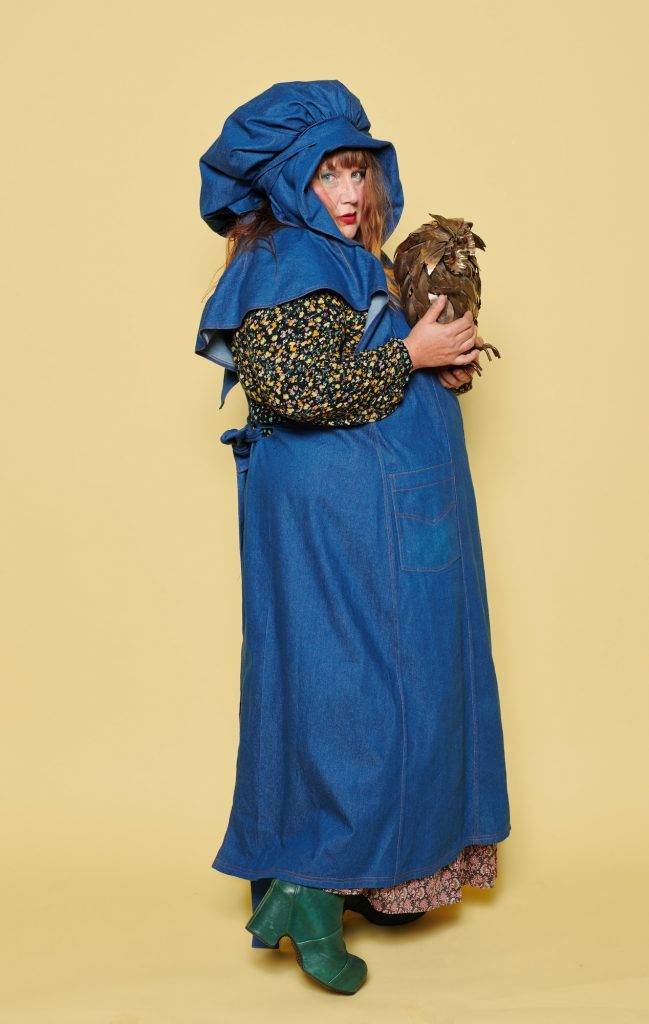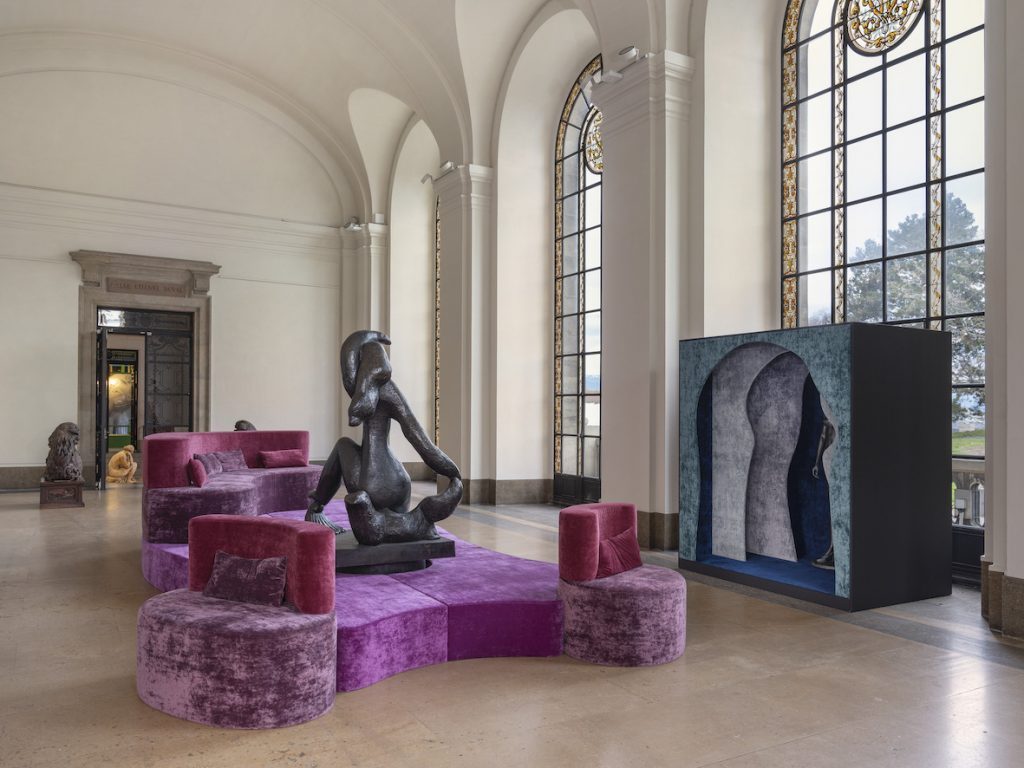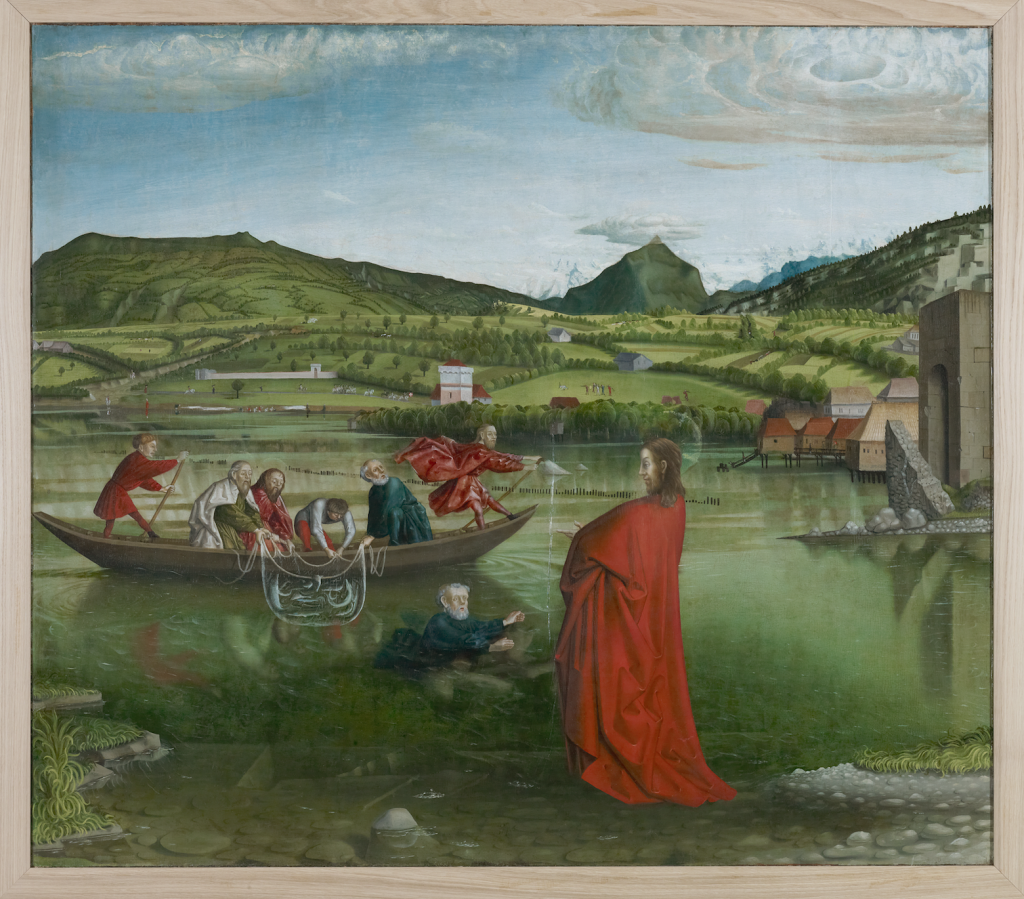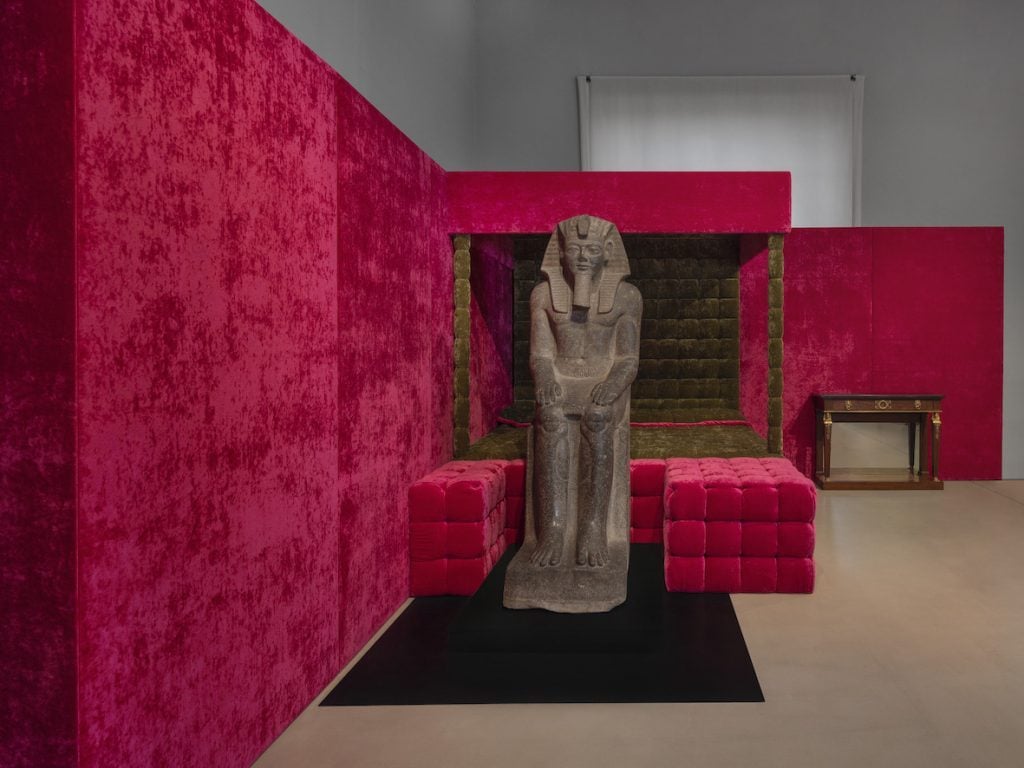Artist Jakob Lena Knebl Has Dramatically Reimagined a Historic Geneva Museum’s Collection—See Images Here


Artnet Gallery Network

Geneva’s Musée d’art et d’histoire (MAH) is taking a bold—and fun—approach to reinterpreting its permanent collection with a newly launched series of “carte-blanche” exhibitions organized by guest curators.
Viennese artist and performer Jakob Lena Knebl was invited for the first showing in the series, by Marc-Olivier Wahler, the museum’s director. The exhibition she created, “Walk on the Water,” opened at the museum last week and is a dizzying feast for the eyes.

Jakob Lena Knebl. Photo by Christian Benesch.
Knebl is best known for her interdisciplinary work that bridges performance, staged photography, and sculpture, and that mixes art history with contemporary fashion and pop culture references. For the exhibition, Knebl took a deep dive into the museum’s storerooms and galleries and restaged it as a lavish, humorous, and surprising domestic space.
The exhibition is a nod both to Konrad Witz’s famous altarpiece Miraculous Draught of Fishes (1444), which imagines Jesus walking on the water of Lake Geneva (and is included in the exhibition), as well as British rock band Deep Purple’s greatest hit “Walk on the Water,” itself inspired by the band witnessing the fire that destroyed the Montreux Casino in 1971.

Exhibition view of “Water on the Water.” Photo by Julien Gremaud. Courtey of MAH.
More than curating works from disparate epochs and cultures, the exhibition expands into a more dramatic interpretation of the museum space. In one room, Knebl has arranged mannequins wearing clothes that range from 19th-century satin, tulle, and organza to recent designs by Yves Saint Laurent and Pierre Balmain, all placed around a historic table set with tarot cards, as though for a seance. She has likewise transformed the museum’s “Egypt Room” into a lavish boudoir with a sculpture of Ramses II positioned before a bed.

Konrad Witz, Miraculous Draught of Fishes (1444). Courtesy of MAH, Geneva.
These brazen reinterpretations are representative of Knebl’s practice, and here extend to the museum’s vast collection of applied art, paintings, sculptures, graphic productions, fashion designs, furniture, timepieces, and archaeological artifacts. Ultimately, Knebl aims to recreate a broadly relatable experience, doing away with genre hierarchies and bridging the distances between the artworks and the visitors through humor and concepts of identity and body.

Exhibition view of “Water on the Water.” Photo by Julien Gremaud. Courtesy of MAH.
“My engagement with the museum collection is based on a very personal approach, developed through the eyes and with the methods of an artist. I am interested in how the things that surround us affect us and, to some extent, become part of ourselves; spaces and productions that gobble you up, challenge you, mistake you,” said Knebl. “Art, design, and everyday things hold an equal position within the spaces I create… My goal is to construct hybrid spaces that seduce, that allow new perspectives on familiar works and ways of reading them, thereby achieving a presentation that undermines the norms of the museum.”
“Walk on the Water” is on view at Musée d’art et d’histoire through June 27, 2021.